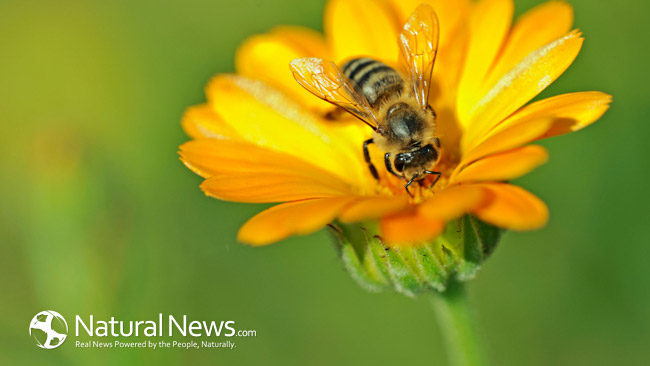Some call it nature’s most powerful healer while others slather it on for a clear complexion or consume it for a tangible energy boost. With such a variety of uses, manuka honey’s reputation as both potent medicine and essential beauty regimen has been spreading like wildfire. Originally used in everything from teas to wound dressings by the indigenous Maori people in New Zealand, it’s now a topic of conversation in natural health circles and mainstream hospitals alike. Manuka is a honey made by bees that feed solely on the flowers of the manuka bush native to New Zealand’s North Island. This curative honey is so effective that producers have been scrambling to ramp up production to take advantage of the popular demand, with varying results. As a journalist, honey purveyor and manuka loyalist I wanted to dig deep into the research, past marketing and jargon, to find out what really qualifies a high quality manuka honey and how you as a consumer, can more easily navigate the different labeling of manuka to reap the benefits of this delicious and healing honey.
Researchers discovered this earthy, aromatic honey’s strength as a powerful antibacterial, antiviral and antimicrobial in the late 19th century. Since then it has been employed as a valuable remedy in the treatment of antibiotic resistant MRSA bugs, stomach ulcer causing bacteria, E Coli and Staph infections just to name a few. Manuka is so effective at treating infection that Britain’s National Health Service has licensed the use of manuka honey wound dressings and sterilized medical-grade manuka honey creams in their hospitals since 2004. Due to its anti-inflammatory properties, it eases inflammation when applied topically and can be used to heal and ease the pain and discomfort associated with eczema, burns and dermatitis. As if that weren’t enough, manuka advocates and beauty editors sing its praises as an acne-fighting, skin beautifying cleanser and moisturizer.
Contrary to popular belief, there is no official governmental standard regulating honey production in New Zealand or the United States. This is problematic for those who wish to obtain pure, high-quality honey, as closer inspection of the manuka business reveals adulteration is underway. Food Safety Minister Nikki Kaye of New Zealand states that their research shows that 1,700 tons of manuka are produced there each year, compared with the estimated 1,800 tons of “manuka” honey sold in Britain alone. As much as 10,000 tons are sold worldwide, obviously suggesting foul play. Thankfully, the New Zealand government is currently working with industry and overseas regulators in order to develop guidelines to help clarify labeling issues.
With manuka honey labels touting numerous classifications, it’s difficult to manage the labyrinth of manuka honey products available on the market today. Many manuka honey companies base their rating system singling out one component but to the contrary, researchers have found that it is the synergy of many components found in manuka honey such as plant phenols, proteins, live enzymes, hydrogen peroxide and methylglyoxal that make it so effective. It is in the collaboration of all these ingredients, and not one particular measure (as some honey companies would like you to think), that make manuka so special.
Through further research, I found that manuka honey can be artificially manipulated to achieve the high numbers you find on some jars on manuka honey —the numbers customers think they are looking for, not knowing that a high number does not necessarily mean it is more effective. It follows then, that defining honey solely based on one, easily tampered with component leaves out other important and unknown factors and sets honey up to sometimes dangerous manipulation.
So, how can you be sure that what you’re getting is the real deal? Look for raw (heating destroys the beneficial properties of manuka honey) honey with a high pollen count, live enzymes and naturally occurring methylglyoxal components. If you’re unsure, do your research on the provenance of the honey and practices of the company or reach out to the supplier. Luckily, those selling a pure manuka will be happy to share this information, and their therapeutic honey, with you.





